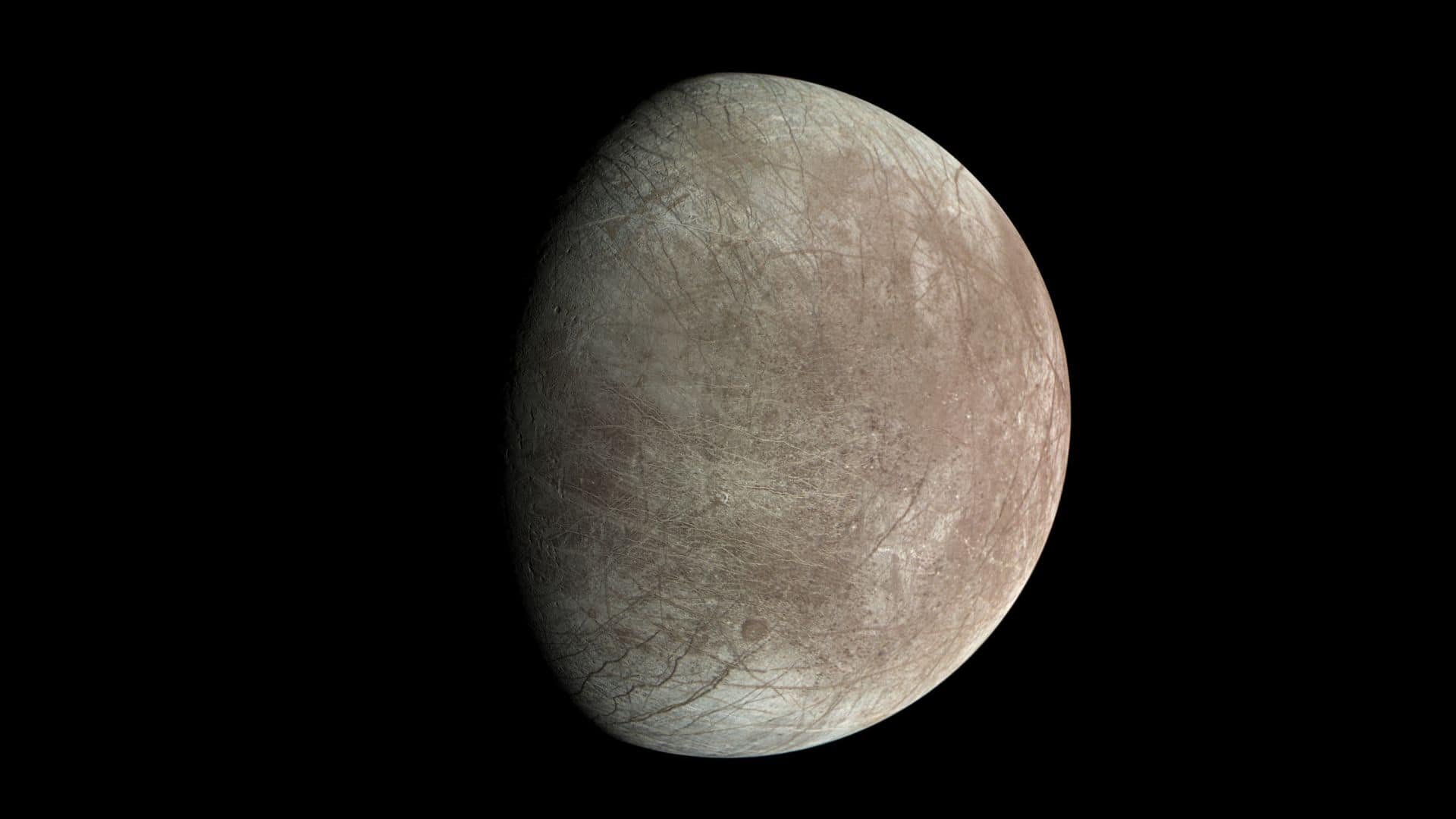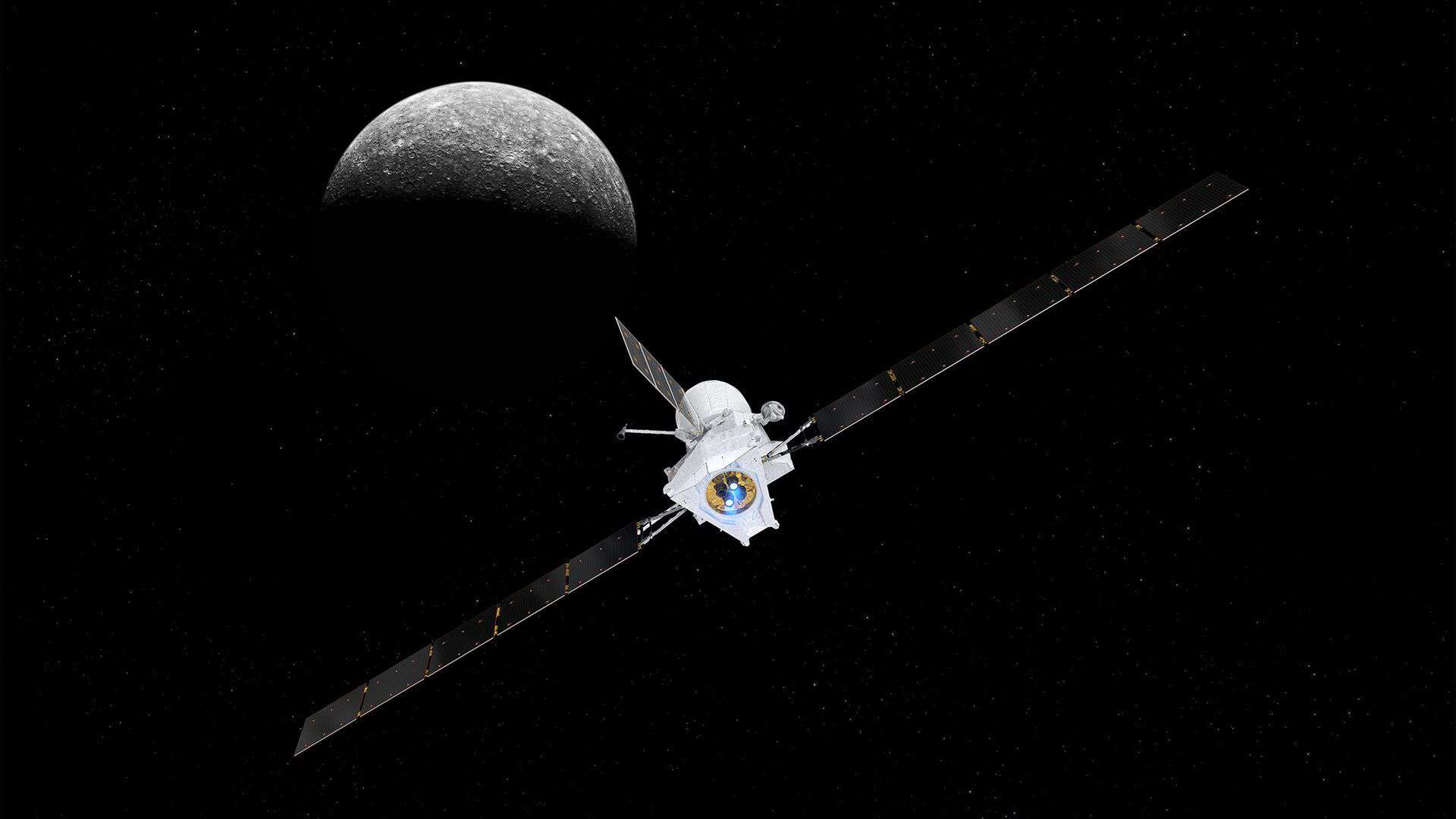
China has launched the Chang’e 6 spacecraft to collect far side samples of the moon.
The 8.35-ton spacecraft lifted off atop a Long March 5 heavy-lift carrier rocket on May 3, 2024, at about 5:27 p.m. local time (09:27 UTC) from the Wenchang Space Launch Center in Hainan province, according to the Chinese space agency CNSA.
If Chang’e 6 mission succeeds, then China will be the first country to collect rocks and soil from the far side of the moon.
The mission is named after the Chinese moon goddess Chang’e and it is the 6th lunar exploration mission of China.
So far, only three countries, the United States, the Soviet Union, and China, have been able to return lunar samples to Earth, and that too from the near side the moon.
We always see the same side of the moon (called the near side) due to tidal locking with our Earth, and the other side of the moon, which is not seen from the Earth, is called the far side or the dark side of the moon.
Chang’e 6 spacecraft aims to collect up to 2 kilograms of lunar samples and bring them back to Earth within a mission duration of about 53 days.
The spacecraft will land at the southern part of the 490-km-diameter Apollo crater in the South Pole-Aitken (SPA) basin, according to a scientific paper published in Nature Astronomy on July 31, 2023.

China’s Chang’e 4 (CE-4) was the first spacecraft to land on the far side of the moon in January 2019. Chang’e 4 landed at the von Karman Crater in the South Pole-Aitken basin.
Chang’e 6 mission plan
Chang’e 6 spacecraft consists of four components: an orbiter, a lander, an ascender, and a re-entry module.
When the spacecraft reaches the lunar orbit, its components will separate into two parts. The orbiter and the re-entry module will remain in the lunar orbit, while the lander and the ascender will approach the lunar surface.
The combination of the lander and ascender will make a soft landing, and then start using a drill and a mechanical arm to collect rocks and soil and pack the samples in a vacuumed metal container inside the ascender.
After the surface operation is completed, the ascender rocket will bring the lunar samples to the lunar orbit, where it will meet with the re-entry module and transfer the samples to the module.
Then this re-entry module will bring the lunar samples back to Earth from the lunar orbit.
Please bookmark Spaceandtelescope.com or follow us on Facebook and Twitter to get latest space news, upcoming skywatching events and astronomy-related content.



